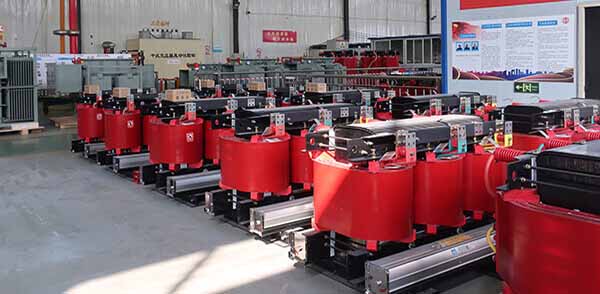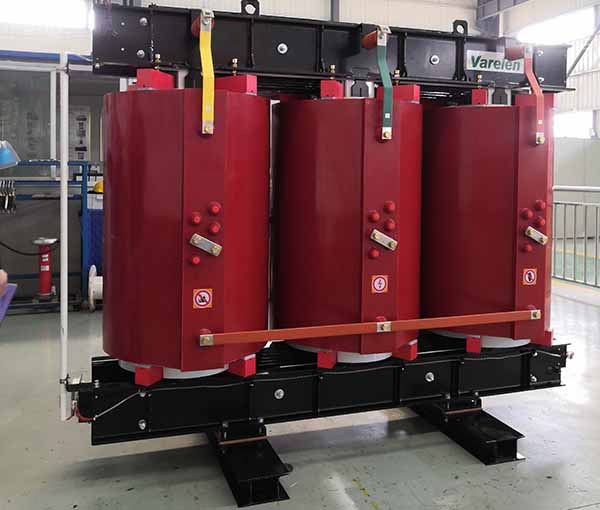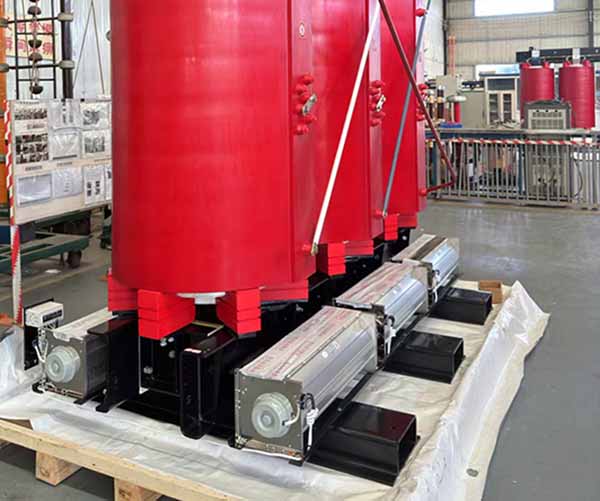Dry type transformers reduce conventional power circuit voltage. Various techniques keep these transformers cool, each suiting different applications. Understanding dry type cooling methods is crucial for ensuring transformers perform optimally, stay safe and reduce energy losses.

cooling methods used for dry-type transformers: natural air cooling and forced air cooling.

Air Natural (AN) cooling – Cooled by surrounding air. Heat transfer by natural air convection.
When a transformer uses natural air cooling (AA), it relies on natural air circulation to remove air from its surface. The design lets heat escape into the surrounding air without using fans or pumps. It is a simple, commonly used method.
this cooling way is generally used in small transformers (up to 3 MVA). In this method the transformer is allowed to cool by natural air flow surrounding it.
This cooling method is ideal for:
Air Force (AF) cooling – Forced air circulation using fans and blowers.

For larger or higher-rated transformers, forced air cooling (FA) offers a more effective solution. In this method, fans or blowers actively force air over the transformer’s coils and core, enhancing heat dissipation.
For transformers rated more than 3 MVA, cooling by natural air method is inadequate. In this method, air is forced on the core and windings with the help of fans or blowers. The air supply must be filtered to prevent the accumulation of dust particles in ventilation ducts. This method can be used for transformers upto 15 MVA.
Forced air cooling is well-suited for:
| Cooling Method | Description | Advantages | Disadvantages |
|---|---|---|---|
| Natural Air Cooling | Uses natural air circulation | - Simple, cost-effective - No moving parts |
- Limited cooling capacity - Not suitable for high loads |
| Forced Air Cooling | Uses fans or blowers to push air | - Efficient for higher loads - Longer transformer life |
- Requires more energy - Louder operation |
Why Trust Us
Varelen Transformers builds transformers from superior-grade materials to help you spend less on maintenance and services.
Longevity: 30-year service life from our dry type transformer. They are heat- and short-circuit-resistant, significantly lowering their risk of premature failure. Easy installation: We can replace old, broken transformers with a custom plug-and-play retrofit device, reducing waiting times.
Adverse environment suitability: Our transformers feature moisture core and coil protection, making them suitable for most indoor environments, even in areas with seismic activity.
Enjoy a fast turnaround time with our Quick Ship option and a range of other services. Browse our ready-to-ship dry type transformer selection today.